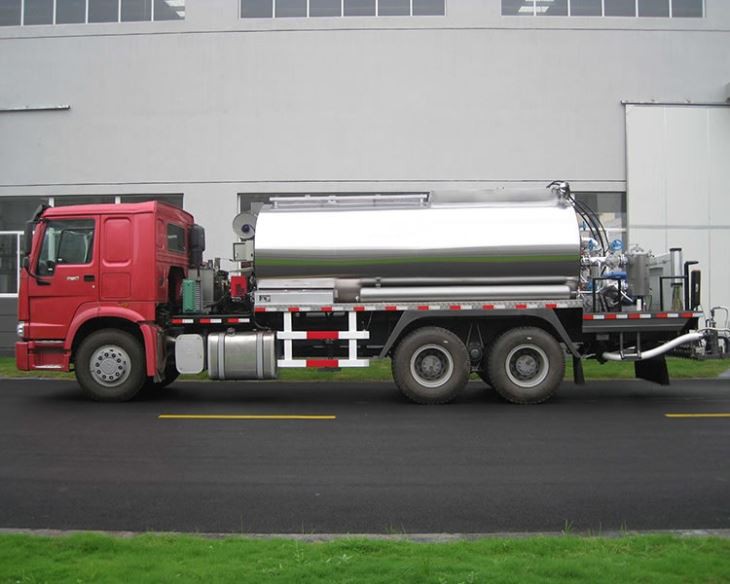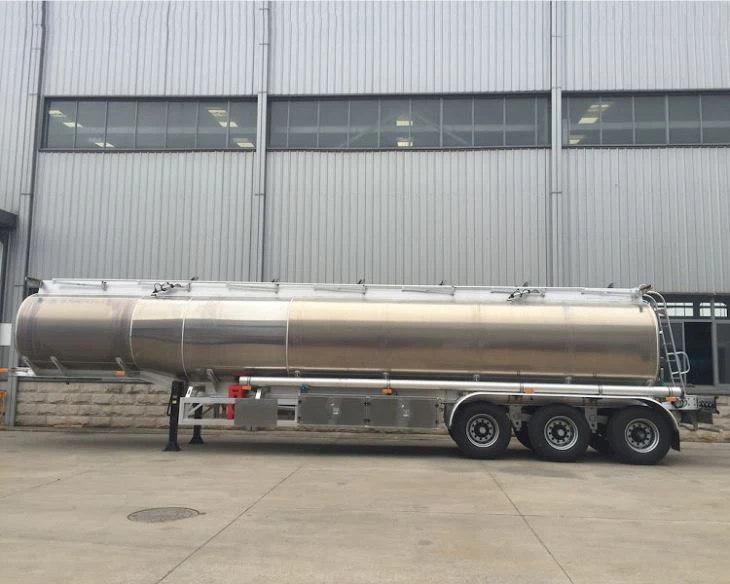What is the Difference Between Double Cab and Crew Cab?

When it comes to truck shopping, understanding the various cab styles is crucial for making an informed decision. Among the most commonly confused cab configurations are the double cab and crew cab. Both options cater to those needing additional seating and storage space, yet they feature distinct characteristics that can influence your choice. This article will delve into the differences between double cab and crew cab, exploring their features, advantages, and ideal use cases.
Understanding Cab Configurations
Definition of Truck Cabs

Truck cab configurations refer to the arrangement and style of the passenger compartment in a pickup truck. These configurations are essential for functionality and comfort, influencing how many passengers can be accommodated and the overall space available for cargo.
Importance of Choosing the Right Cab Style
The correct cab style can significantly affect your experience as a truck owner. Factors such as passenger capacity, interior space, and usage requirements should all play a role in your decision. The two most common configurations that people often consider are double cab and crew cab, each providing unique benefits.
What is a Double Cab?
Characteristics of Double Cab
A double cab, sometimes referred to as a quad cab or super cab, typically features four full-size doors that allow easy access to both front and rear seating. This configuration usually has a shorter back seating area compared to a crew cab, which may affect passenger comfort on long trips.
Dimensions and Size

Double cabs are generally characterized by a slightly shorter overall length and wheelbase than crew cabs. The rear seating area may have less legroom, typically accommodating three passengers comfortably.
| Cab Style | Length | Passenger Capacity |
|---|---|---|
| Double Cab | Approximately 6.5 feet | Up to 5-6 passengers |
Advantages of Double Cab
- Typically lighter and more economical in terms of fuel consumption.
- Provides a balance between passenger space and cargo capacity.
- Often comes at a lower price point compared to crew cabs.
Practical Examples of Double Cabs
Consider a family that needs a vehicle for school runs and weekend trips. A double cab truck offers enough seating for five without sacrificing too much cargo space, making it a practical choice. Additionally, those who may also require a truck for work-related tasks may value the balance offered by a double cab.
What is a Crew Cab?
Characteristics of Crew Cab
A crew cab is designed for maximum passenger comfort, featuring four full-size doors and ample rear legroom. These cabs are designed to comfortably seat multiple adults, making them ideal for larger families or groups.
Dimensions and Size
Typically larger than a double cab, crew cabs offer a more spacious rear seating area and additional legroom. The overall length and width may also be greater, providing a more substantial feel and driving experience.
| Cab Style | Length | Passenger Capacity |
|---|---|---|
| Crew Cab | 7-8 feet | Up to 5-7 passengers |
Advantages of Crew Cab
- Enhanced passenger comfort with more legroom and headspace.
- Greater versatility for family use or group outings.
- Often includes additional luxury features for improved passenger experience.
Practical Examples of Crew Cabs
For example, a family of four that frequently embarks on road trips may prefer a crew cab for its spacious accommodations. Similarly, businesses that require transporting employees to job sites can benefit from the ample space that crew cabs provide.
Key Differences Between Double Cab and Crew Cab
Seating Capacity and Comfort
While both cab types typically feature four doors, the crew cab offers a more comfortable environment for rear-seat passengers due to additional legroom. In contrast, the double cab, although still spacious, may feel cramped for taller individuals.
Length and Size
Double cabs are usually shorter than crew cabs, affecting overall drivability and fuel efficiency. If you are looking for a compact truck that can maneuver tight spaces, a double cab may suit your needs better. Crew cabs offer more size, which can translate to increased stability on the road.
When to Choose Each Configuration
- Choose Double Cab if:
– You require a flexible solution for small families or groups.
– You prioritize cargo space over rear passenger comfort.
– A lower price point is a significant factor in your decision.
- Choose Crew Cab if:
– Comfort for all passengers, particularly in the rear seats, is essential.
– You often travel with multiple people or larger families.
– You value luxurious and spacious interiors in your truck.
Factors to Consider When Choosing Between Double Cab and Crew Cab
Intended Use and Requirements
Consider how you plan to use your truck. If your primary use involves work-related tasks requiring significant cargo space, a double cab might be more appropriate. Conversely, if you frequently transport family or friends, a crew cab would be more suitable.
Budget Considerations
Your budget can significantly influence your decision. Generally, double cabs tend to be less expensive than crew cabs—factoring in purchase price, fuel efficiency, and insurance costs can help determine the better value.
Future Needs
Think about your future needs when making a purchase. If you foresee changes in your family size or lifestyle, it’s important to select a cab configuration that will accommodate those changes.
Popular Models of Double Cab and Crew Cab
Top Double Cab Models
- Toyota Tacoma Double Cab
- Ford Ranger SuperCab
- Dodge Dakota Crew Cab
Top Crew Cab Models
- Chevrolet Silverado 1500 Crew Cab
- Ram 1500 Crew Cab
- Ford F-150 SuperCrew
Practical Tips for Choosing the Right Cab Type
Test Drive
One of the best ways to determine which cab style suits you is to take both options for a test drive. Pay attention to comfort, visibility, and driving experience in each configuration.
Evaluate Your Cargo Needs
Consider what you’ll frequently be transporting in your truck. If you regularly carry large items, make sure the cab offers adequate cargo space even when passengers are seated.
Consult with Professionals
Don’t hesitate to seek advice from automotive professionals or trusted friends who own similar vehicles. They can provide insight into the practicality of each cab style based on first-hand experience.
FAQ Section
What is the main difference between double cab and crew cab?
The main difference lies in the rear legroom and overall size. Crew cabs offer more spacious interiors with additional legroom compared to double cabs.
Are double cabs more fuel-efficient than crew cabs?
Generally, double cabs are lighter and may provide better fuel efficiency than crew cabs, but this also depends on the specific make and model of the truck.
Can I fit car seats in both double cab and crew cab trucks?
Yes, both configurations can accommodate car seats; however, the extra space in crew cabs may make installation easier and more comfortable for passengers.
Which configuration is better for work purposes?
This depends on your specific work needs. If you need to transport more passengers regularly, a crew cab may be better. If you prioritize cargo space and a compact vehicle, a double cab could be the right choice.

How many passengers can each cab style hold?
Double cabs can typically hold up to six passengers comfortably, while crew cabs can accommodate up to seven, depending on the model.
Are double cabs less expensive than crew cabs?
In general, double cabs are less expensive compared to crew cabs, making them a budget-friendly option for truck buyers.
